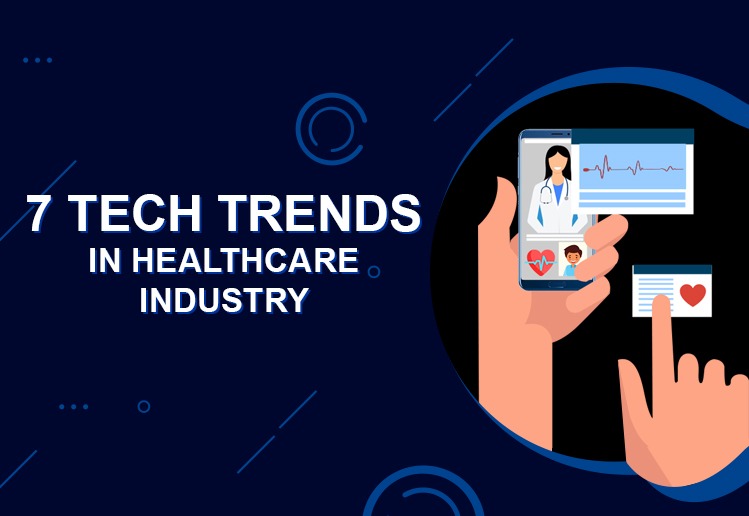Healthcare organizations are trying to catch up on the advancements in tech like AR, VR, IoT, and Big data among many more. These technologies are helping practitioners to perform exceptional diagnoses and subsequent treatment.
A marketsandmarkets.com research forecasts that the global healthcare IT market will reach USD 390.7 billion by the year 2024 from USD 187.6 billion in 2019, at a CAGR of 15.8% during the forecast period. Seeing this forecast and actual trends, I can surely say that Healthcare is going to witness many more tech innovations in the near future.
So let’s have a view on seven emerging trends in the US healthcare industry:
1.IoT for Transforming Patient Care with Smart Devices
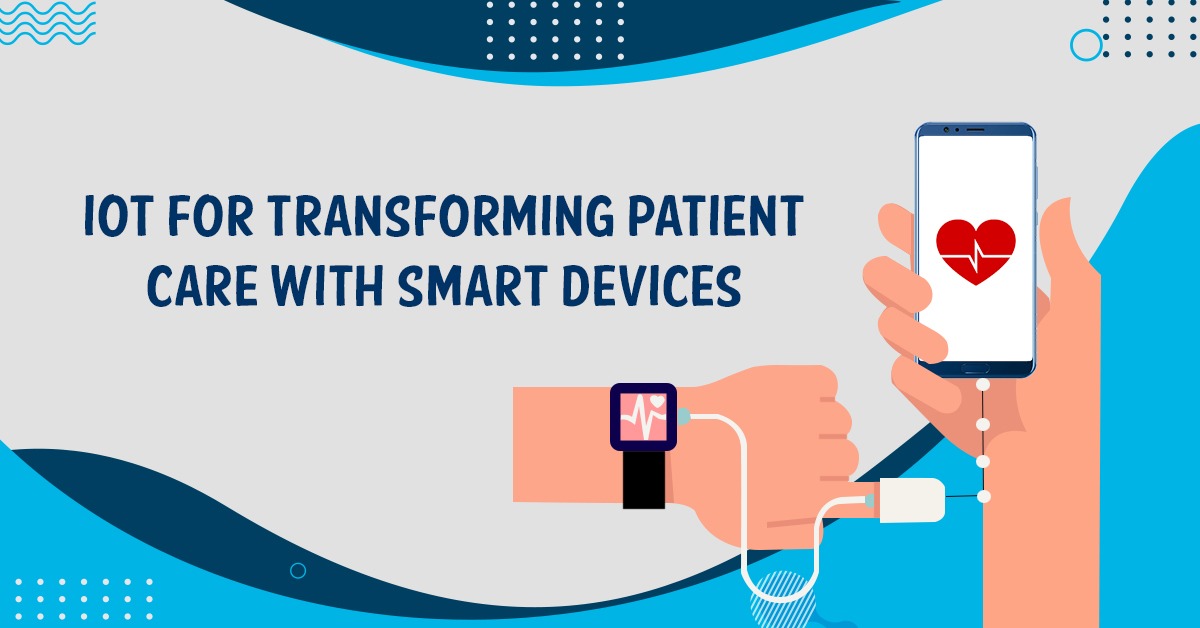
IoT has expanded the scope of patient-practitioner interactions and taken them beyond physical consultations via telemedicine. In fact, Healthcare IoT revenues will increase to over $135 billion by 2025.
Home health monitoring devices embedded with IoT are useful for monitoring adherence to treatment plans. Even personal use IoT-enabled devices like fitness bands, and other wirelessly connected systems allow personalized health monitoring for patients in the form of calorie counting, exercise and activity tracking, appointment booking, and blood pressure monitoring, etc.
The data collected from these devices often help medical practitioners to design the best treatment plans for patients.
2. Big Data for Incorporating Individualized Treatments
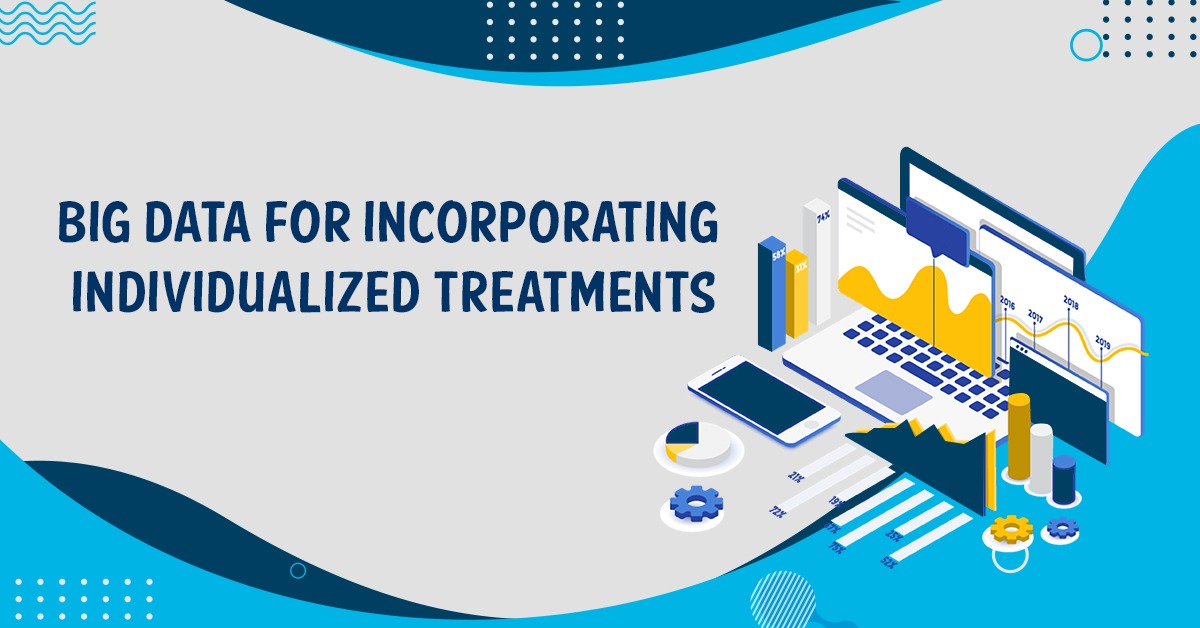
The Integration of biomedical and healthcare data can revolutionize the way personalized medicine is practiced.
Many government-sponsored health plans leverage big data to report Healthcare Effectiveness Data and Information Set (HEDIS) and STAR measures to the state from which healthcare providers are scored and ranked.
Service providers are measured and rewarded on the quality of care they deliver, often derived from the data like BMI, A1c, blood pressure, etc. Moreover, the information gathered from big data empowers practitioners to make better decisions, fewer cases of guessing, and better overall patient care.
3.Artificial Intelligence for Automated Diagnosis
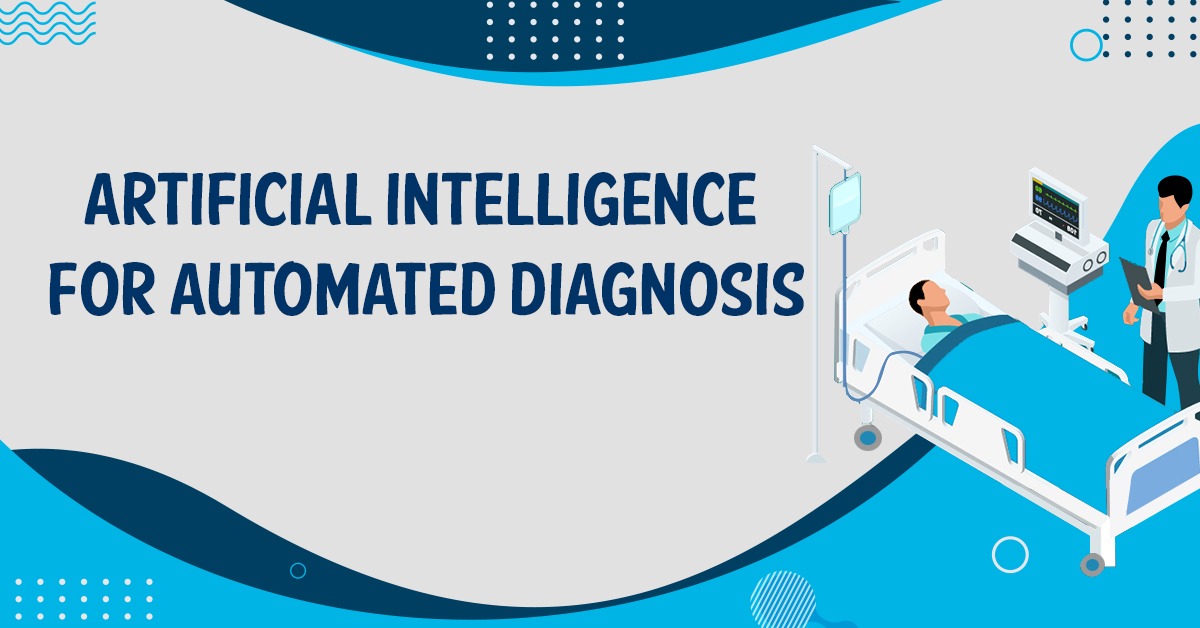
The global Artificial Intelligence Market will be $190.61 billion by 2025 with a Growing CAGR of 36.6%. Well-networked groups of individuals can bring their individual insights in real-time, using AI algorithms to converge on optimal solutions.
Sometimes lack of judgment of early stroke symptoms outlines a few patients from the purview of timely treatment. For example, movement detection devices can be a boon in the case of early stroke information.
Early stroke diagnosis with neuroimaging techniques, including MRI and CT, help with disease evaluation. Some research studies have even tried to apply Machine Learning methods to neuroimaging data to assist with a stroke diagnosis.
Medical practitioners are counting on a research ideology based on a computer-aided diagnosis (CAD) system trained via patient data, physiological signals, and images found on adroit integration through signal processes and AI techniques. This kind of automated diagnosis can help practitioners like neurologists, neurosurgeons, radiologists, and other medical providers to take fast clinical decisions.
4. 3D Printing for Customized Care
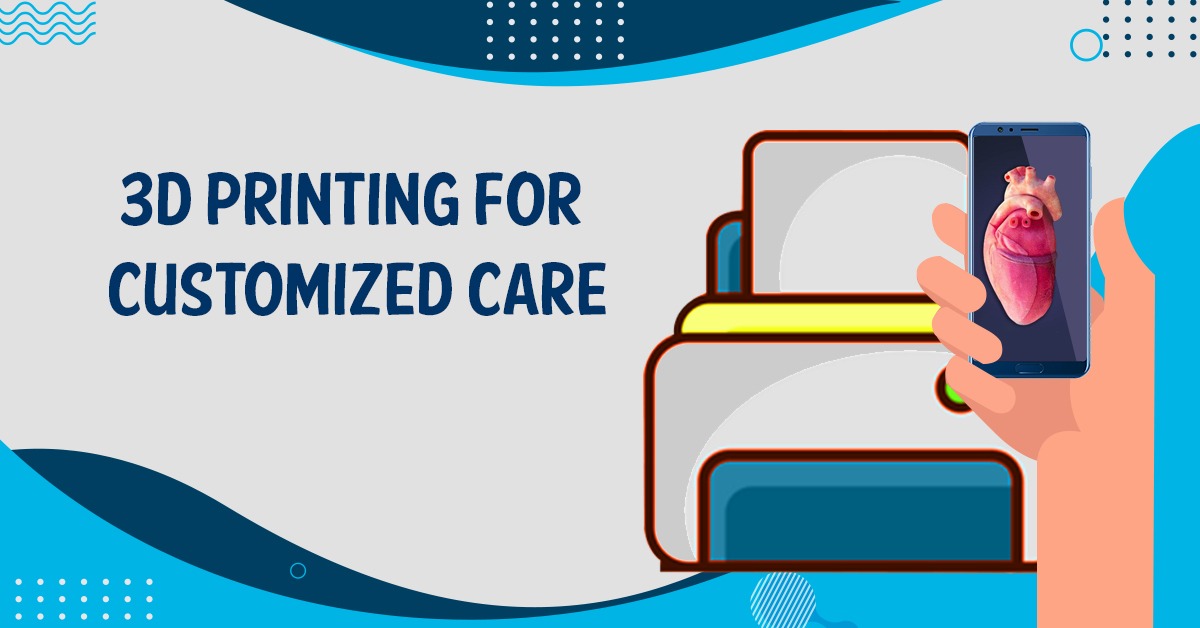
SmartTech report suggests that by 2027, the 3D printing value is set to grow to $6.08 billion. This innovative technology can completely revolutionize the healthcare sector because of its unique, customizable capabilities.
Practitioners appreciate the dramatically reduced surgery spans and medical expenses that 3D printing promises.3D printing technology is being used in the making of scaffolds, prosthetics, and medical devices like dental implants and hearing aids.
The most exciting innovation for 3D printing in the healthcare industry would be human tissue printing that allows building the smallest functional units of tissues, further allowing the fabrication of large tissues and organs. Such innovations enable surgical grafts to repair or replace damaged tissues and organs.
5.Block chain for Healthcare Data Security
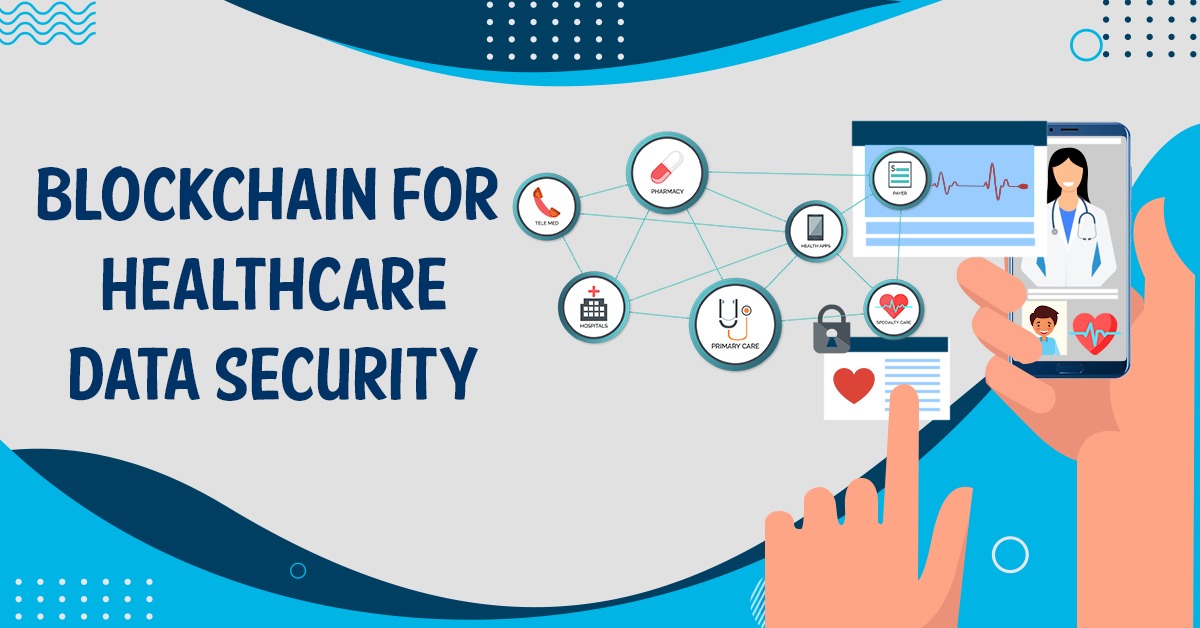
Blockchain technology has the potential to transform the healthcare industry through the improved security, interoperability, and privacy of data that it offers. According to Research and Markets, the global blockchain technology market in the healthcare industry is expected to cross $500 million by 2022 with a CAGR of 61.4% between 2018 and 2022.
The implementation of blockchain technology in the healthcare sector offers a new system for health information exchanges. It fortifies electronic medical records with efficiency and disintermediation. Blockchain technology requires each and every transaction to be validated by every member of the chain before it gets approved; it can solve the identity management problem, which brings vivid innovation to the healthcare segment.
6.Virtual Reality for Innovative Therapies
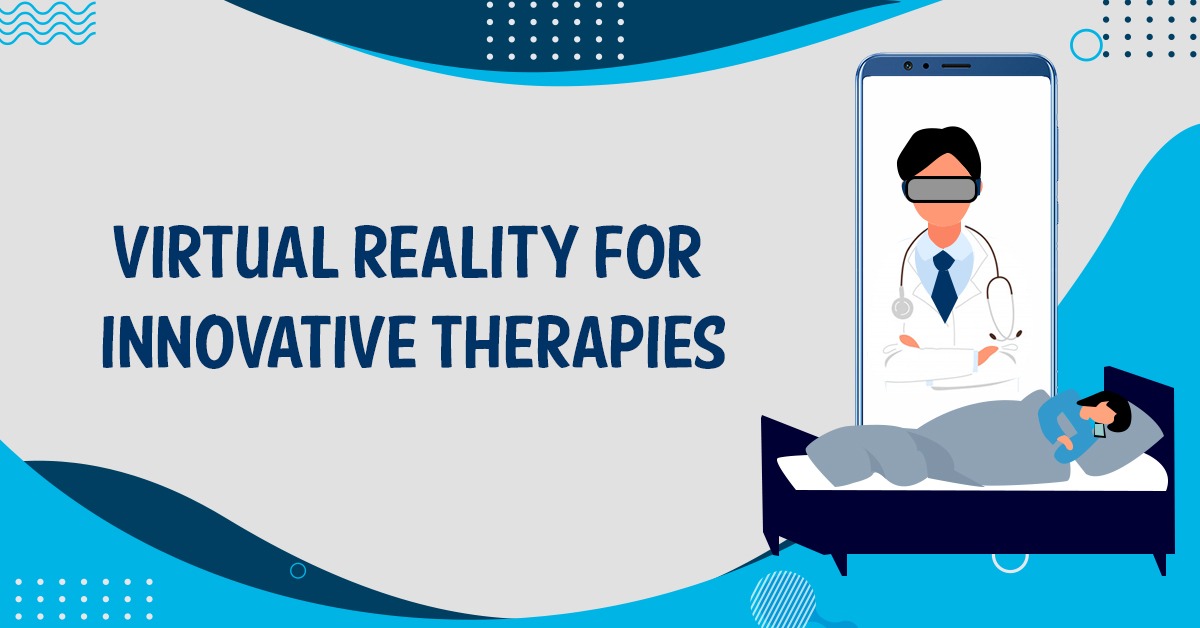
The implementation of global VR in the healthcare market will reach $30.40 billion by 2026, exhibiting a CAGR of 42.4% during 2019-2026, and absolutely no chances of a slowdown.
Medical professionals are upskilling in a risk-free environment with the use of VR devices. VR innovations also allow practitioners to cure diseases more effectively.
VR tech has a notable contribution to medical training and education, enabling medical practitioners to learn the latest procedures, technicalities, usage of equipment.
Virtual therapies help the patient to deal with fears, claustrophobia, anxiety, depression, post-traumatic stress disorder, and severe pain cases.
7.Augmented Reality for New Surgical Experiences
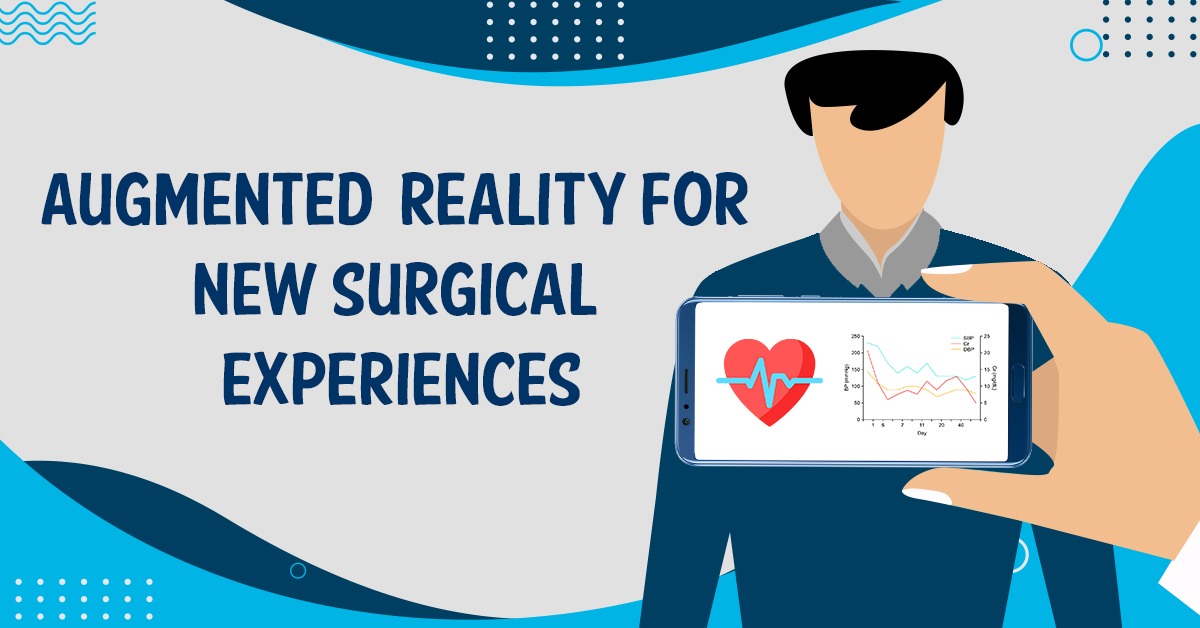
Modern healthcare professionals are improving their day to day operations with the help of augmented reality innovations. Right from preoperative surgical assessment and medical stimulation to minimally invasive surgery and rehabilitation, AR apps have found a permanent place in the healthcare segment.
AR tech can help surgeons refine outcomes of surgical procedures by wearing smart glasses. With smart glasses, minimally invasive surgeries are possible as they keep the essential information front and center for the surgeon.
Conclusion
These digital transformations as we see them, are fast reshaping the healthcare sector by improving treatment, research, and medical learning. Early adoption of new IT tools in healthcare empowers patients and care providers to have more control over their health and well being.
With time, more technological advancements in healthcare software development will refine the connectivity and automation of healthcare processes. Overall, patients have also come to appreciate the way technological advancements help them receive better outcomes at slashed costs.


